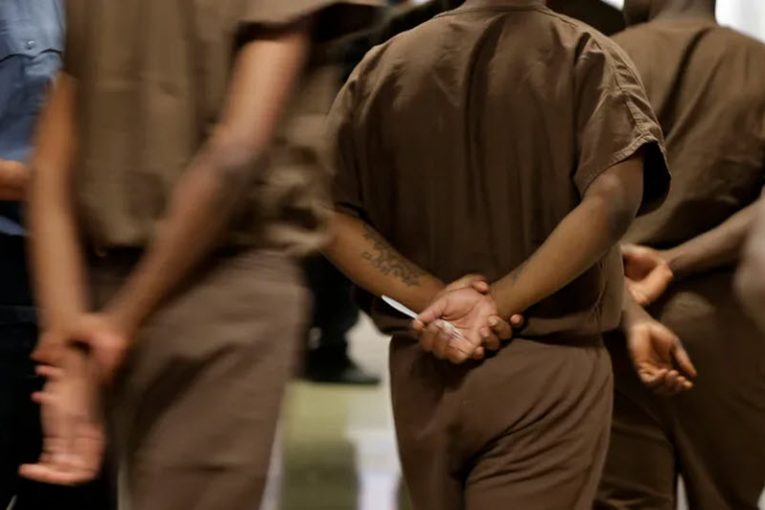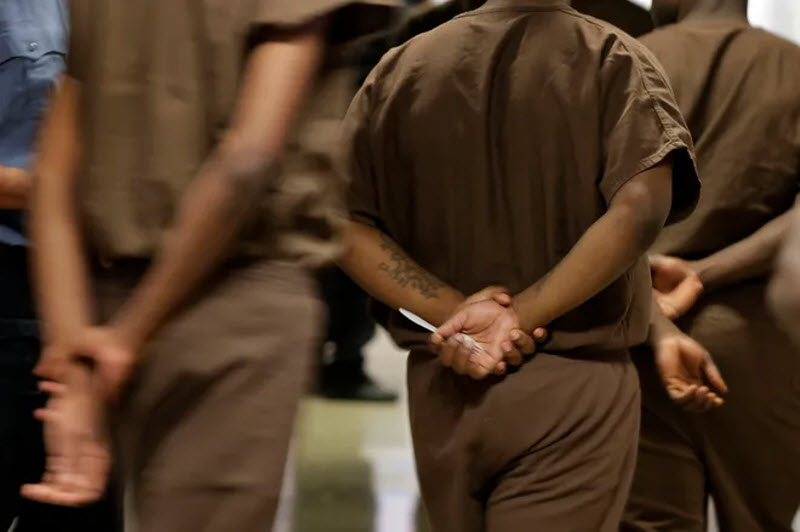

By Shellsea Lomeli and Linh Nguyen
NEW YORK – New York’s first annual report by the state’s Raise the Age (RTA) Implementation Task Force reveals various efforts made at state, local and community levels to ensure the smooth implementation of the RTA law.
On April 10, 2017, the New York State Legislature enacted the RTA legislation. According to the annual report, the “landmark” law raised the age of criminal responsibility from 16 to 18 years of age.
When this law was passed, “New York was one of only two states in the country that automatically processed all 16- and 17-year olds as adults,” no matter the crime. This was done to ensure that youth involved in the criminal justice system are provided with “age-appropriate, rehabilitative programs and facilities to become productive and successful adults.”
The state reported that the youth of Black and Hispanic communities were particularly over-involved in the adult system. A two-year period after the legislative enactment was used to implement the provisions of the law, with “the age of criminal responsibility becoming 17 on October 1, 2018 and 18 on October 1, 2019.”
In April 2018, Governor Andrew Cuomo selected experts in social service, juvenile justice, and criminal justice within the state government and the non-profit-sector to act as members of the RTA Implementation Task Force, which is “responsible for monitoring the overall effectiveness of the law.”
In August 2019, the Task Force released its first annual report which provided “a preliminary analysis of the law’s impact through data collected during the first six months of the implementation.” The report also claimed to “describe the state’s major implementation and monitoring activities, as well as, coordination efforts with practitioners and providers who are working with young people within the juvenile justice system.”
The Task Force is made up of 17 individuals, including Sheila Poole who is a Commissioner of the Office of Children and Family Services, Eric Gonzalez, the District Attorney of King County, and  Naomi Post, Executive Director of the NY Children’s Defense Fund.
Naomi Post, Executive Director of the NY Children’s Defense Fund.
The first phase of the implementation of RTA was to remove 16-year old adolescent offenders (AOs) with misdemeanor charges and most felony offenses from criminal court.
In the Task Force’s assessment of this phase, it reported that “the first phase of the Raise the Age law has been successfully implemented for the 16-year-old population since the effective date of October 1, 2018. It also found that “New York is prepared for the second phase of the law, which will extend the Raise the Age law to 17-year-olds, on October 1, 2019.”
The report indicated that this success was measured with four components: “(1) initially fulfilling the youth justice policy objectives of the law and assuring compliance, (2) providing technical assistance and guidance throughout state, county, and local governments, (3) securing appropriate funding to cover implementation-related costs, and (4) establishing robust monitoring of the impact of the statutory changes at the state and local level.”
The data and information gathered from the task force shows that the youth who have received the outlined interventions and services to address their needs are less likely to reoffend, consistent with the intent and provisions of the RTA statute.
This is because all 16-year-olds charged with misdemeanors (not including vehicle and traffic law) are tried in family court instead of adult criminal court, giving them opportunities for adjustment, diversion, and other interventions to support their rehabilitation. In addition, a majority of this population will not be subject to a permanent criminal record, which enables them to seek employment, education, and housing in the future.
State agencies, local agencies and community-based organizations have collaborated on various technical levels, guidance and resources to ensure that the law is appropriately implemented.
State agencies have coordinated since the legislation passed in April 2017 to plan and support for the implementation through outreach, education and training, data-sharing and program planning and development of new and revised regulations.
These state agencies include the Division of Criminal Justice Services, Office of Children and Family Services, Department of Corrections and Community Supervision, State Commission of Correction, Division of the Budget, Office of Court Administration, State Education Department and Office of Indigent Legal Services.
“The multi-agency team developed planning and fiscal guides, visited counties, met with community-based organizations, shared data projections, and provided counties with technical assistance in developing both county and regional options for youth entering the system in need of detention or placement,” the report said.
The agencies also trained probation officers, administrators, social services commissioners, attorneys, mental health professionals and public welfare employees. The Office of General Services provided support in addressing infrastructure needs.
Comprehensive county-level data on arrests, case processing and dispositions was also prepared to allow local agencies to plan and consider workload projections. Local agencies were provided with resources on youth programs, including mental health and substance abuse services, vocational, educational and employment programs and community service programs.
A comprehensive county financial planning plan was developed to support the state’s commitment to fund the costs incurred with RTA implementation. Governor Andrew Cuomo proposed a total of 300 million dollars in funding within the 2019 and 2020 fiscal year enacted budgets for RTA-related implementation expenses, to which the legislature approved. This funding allows the state to reimburse counties for all costs if the overall spending remains under the two percent tax cap. Counties would have to show financial hardship to receive full reimbursement if they exceed the tax cap. The funding supports state and local costs for comprehensive diversion, probation, detention and programming services for youth.
Lastly, the state invested “significant resources and time to establish robust monitoring of the cases and individuals affected by the new RTA law, as well as the new policies and procedures.” Many agencies developed or updated data collection systems to manage cases that are processed as adolescent offenders in the new Youth Part of Supreme or County Criminal Courts.
“The Task Force is encouraged by the initial implementation of the RTA law, which builds upon years of youth justice reform in New York,” the report concluded. “Through outreach, technical assistance, funding, and monitoring, the state has reoriented the youth justice system to increase the use of diversion programs and community-based alternatives that are proven to better rehabilitate youth.”
Legislation similar to New York’s Raise the Age law has been seen in several other states. Connecticut was the first to issue a plan to “raise the age of juvenile jurisdiction to 18” in 2007. More recently, a few other state governments are working toward raising this age above 18 years old. Vermont passed Act 201 in 2018, which “expands jurisdiction of the Family Division to 18- and 19-year-olds over the next four years.”
In California, Senator Nancy Skinner announced Senate Bill 889 in January of 2020, which “would raise the age at which young people in California are automatically tried as adults to 20 years old.”
To sign up for our new newsletter – Everyday Injustice – https://tinyurl.com/yyultcf9
